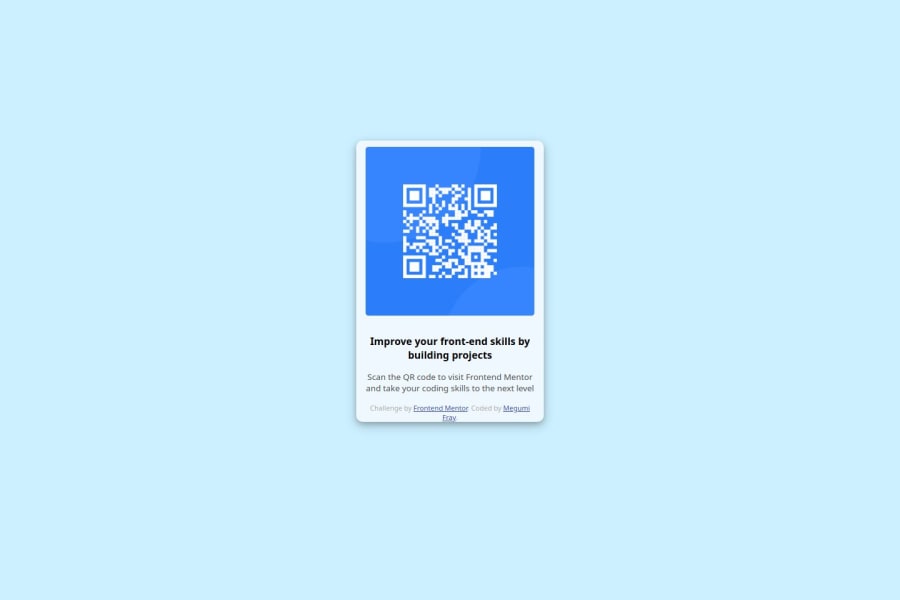
Design comparison
SolutionDesign
Solution retrospective
What are you most proud of, and what would you do differently next time?
I thought it might be challenging but I could purely enjoy the process!
What challenges did you encounter, and how did you overcome them?It took me a bit to figure out how to center the image in html but I could solve the issue by using "transform: translate(0, 50%);"
What specific areas of your project would you like help with?JS knowledge.
Community feedback
Please log in to post a comment
Log in with GitHubJoin our Discord community
Join thousands of Frontend Mentor community members taking the challenges, sharing resources, helping each other, and chatting about all things front-end!
Join our Discord
